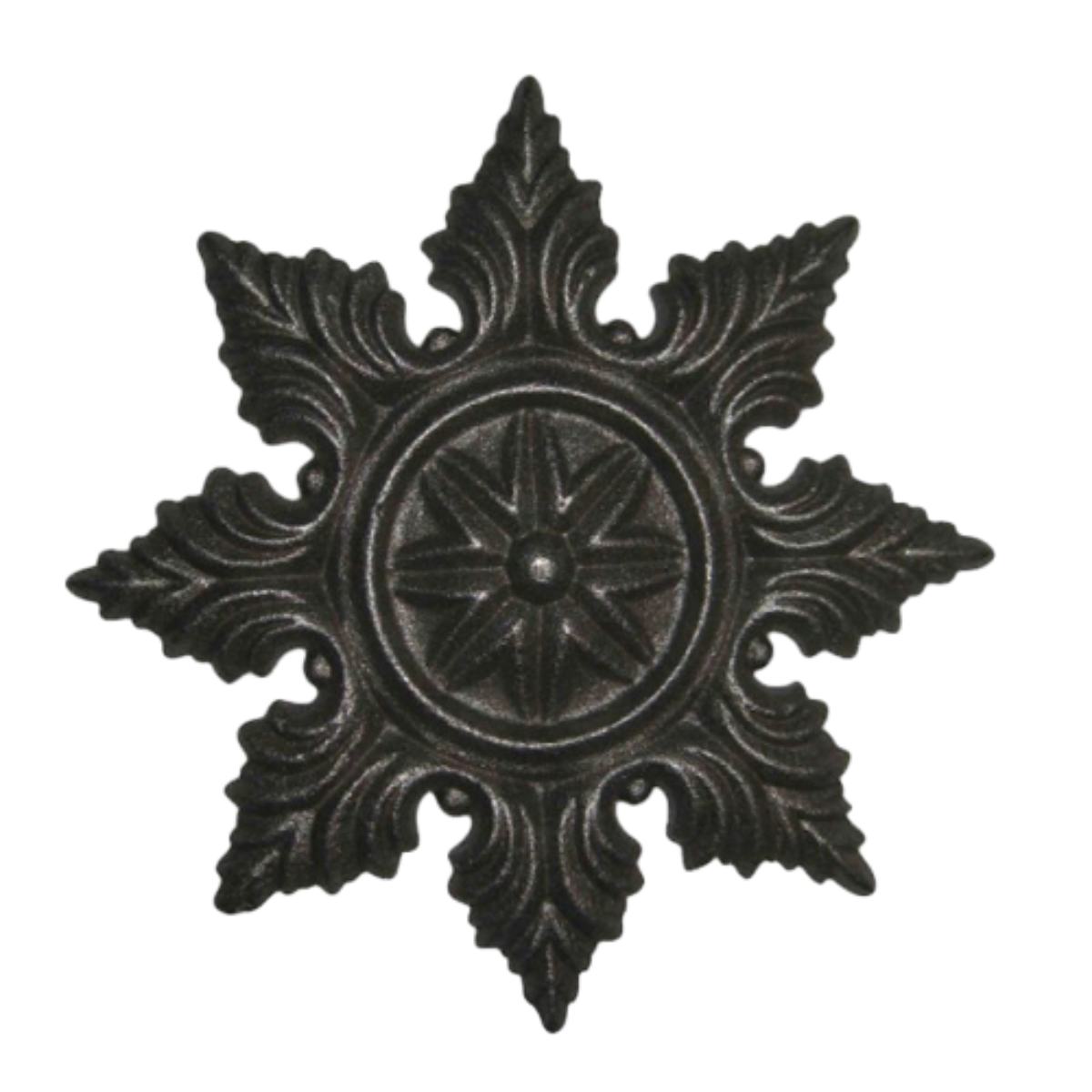Innovative Design Solutions for Stylish Decorative Iron Elements and Custom Metal Components
The Elegance of Decorative Iron Components
In the world of architecture and design, decorative iron components have long been celebrated for their ability to combine strength with beauty. These intricate metalworks are not only functional but also serve as a statement of style, adding character and charm to various structures. From grand gates and balustrades to ornate railings and light fixtures, decorative iron elements are prevalent in residential, commercial, and public spaces alike.
Historical Significance
The use of iron in decoration can be traced back to ancient civilizations, where artisans crafted ornamental pieces for fortifications and temples. The artistry involved in creating decorative iron components flourished during the Middle Ages, as blacksmiths honed their techniques, producing elaborate designs that showcased their skills. The Renaissance period saw a resurgence of interest in art and architecture, leading to the creation of even more intricate ironworks. Modern advancements in metallurgy have continued this tradition, allowing for even more detailed and complex designs.
Architectural Applications
Decorative iron components are versatile and can be incorporated into various architectural styles, from classical to contemporary. One of the most common applications is in gates, which serve as both security and aesthetic focal points for properties. Ornately designed wrought iron gates enhance the entrance of homes and gardens, often reflecting the homeowner’s personality and taste.
Railings, too, benefit significantly from decorative ironwork. They can be found on staircases, balconies, and walkways, where they provide safety without compromising style. The detailed patterns and finishes available in decorative iron can transform a simple railing into a stunning feature, elevating the overall ambiance of the space.
In commercial settings, decorative iron is often used in storefronts, window guards, and signage. This not only adds a layer of security but also improves the visual appeal of the establishment, attracting customers and enhancing the brand’s image.
decorative iron components

Customization and Design
One of the most appealing aspects of decorative iron components is the ability to customize designs. Homeowners and architects can work together with skilled craftsmen to create bespoke ironworks that align with their vision. Whether it’s a modern geometric pattern or a traditional floral motif, the possibilities are virtually limitless. This flexibility allows for the integration of personal touches, making each piece unique.
Innovative design software has further revolutionized the customization process. Designers can create intricate digital models of decorative iron components, allowing clients to visualize the final product before it is fabricated. This collaborative approach ensures satisfaction and helps bring imaginative concepts to life.
Maintenance and Longevity
While decorative iron is highly durable, it is essential to maintain it properly to preserve its beauty. Regular cleaning and periodic application of protective coatings can prevent rust and corrosion, especially in outdoor settings where exposure to the elements can be harsh. By investing in maintenance, property owners can enjoy the elegance of their decorative iron components for many years to come.
Conclusion
Decorative iron components are more than mere functional elements; they are works of art that tell a story about craftsmanship and design. Their timeless elegance and versatility enable them to complement a wide range of architectural styles, making them a favored choice among designers and homeowners. As technology and artistry continue to evolve, the world of decorative iron will undoubtedly expand, offering even more stunning options for enhancing our living and working environments. Whether in a residential yard or a bustling urban landscape, decorative iron components will remain a symbol of beauty and strength for generations to come.
-
Wrought Iron Components: Timeless Elegance and Structural StrengthNewsJul.28,2025
-
Window Hardware Essentials: Rollers, Handles, and Locking SolutionsNewsJul.28,2025
-
Small Agricultural Processing Machines: Corn Threshers, Cassava Chippers, Grain Peelers & Chaff CuttersNewsJul.28,2025
-
Sliding Rollers: Smooth, Silent, and Built to LastNewsJul.28,2025
-
Cast Iron Stoves: Timeless Heating with Modern EfficiencyNewsJul.28,2025
-
Cast Iron Pipe and Fitting: Durable, Fire-Resistant Solutions for Plumbing and DrainageNewsJul.28,2025
-
 Wrought Iron Components: Timeless Elegance and Structural StrengthJul-28-2025Wrought Iron Components: Timeless Elegance and Structural Strength
Wrought Iron Components: Timeless Elegance and Structural StrengthJul-28-2025Wrought Iron Components: Timeless Elegance and Structural Strength -
 Window Hardware Essentials: Rollers, Handles, and Locking SolutionsJul-28-2025Window Hardware Essentials: Rollers, Handles, and Locking Solutions
Window Hardware Essentials: Rollers, Handles, and Locking SolutionsJul-28-2025Window Hardware Essentials: Rollers, Handles, and Locking Solutions -
 Small Agricultural Processing Machines: Corn Threshers, Cassava Chippers, Grain Peelers & Chaff CuttersJul-28-2025Small Agricultural Processing Machines: Corn Threshers, Cassava Chippers, Grain Peelers & Chaff Cutters
Small Agricultural Processing Machines: Corn Threshers, Cassava Chippers, Grain Peelers & Chaff CuttersJul-28-2025Small Agricultural Processing Machines: Corn Threshers, Cassava Chippers, Grain Peelers & Chaff Cutters












